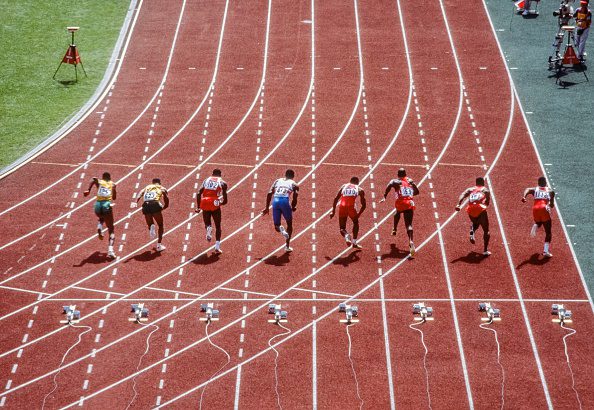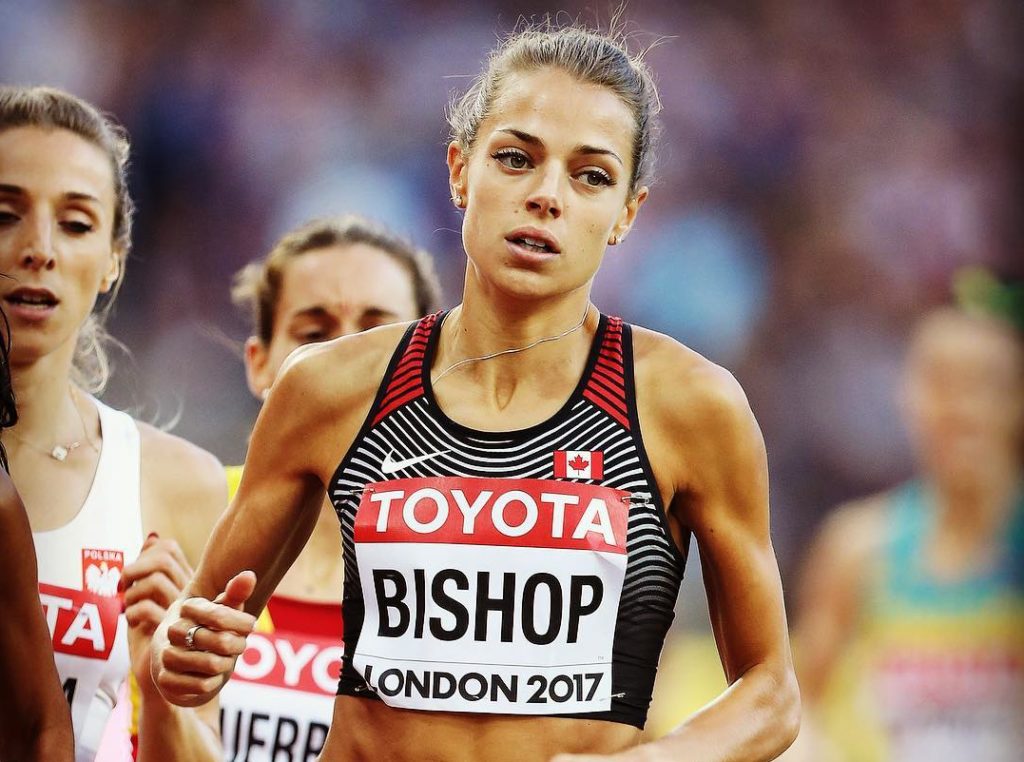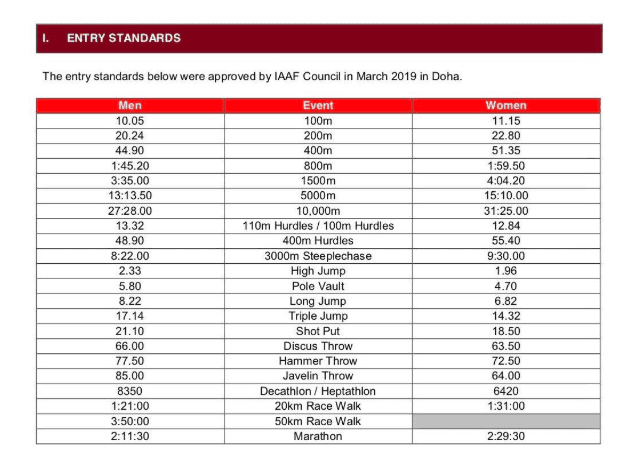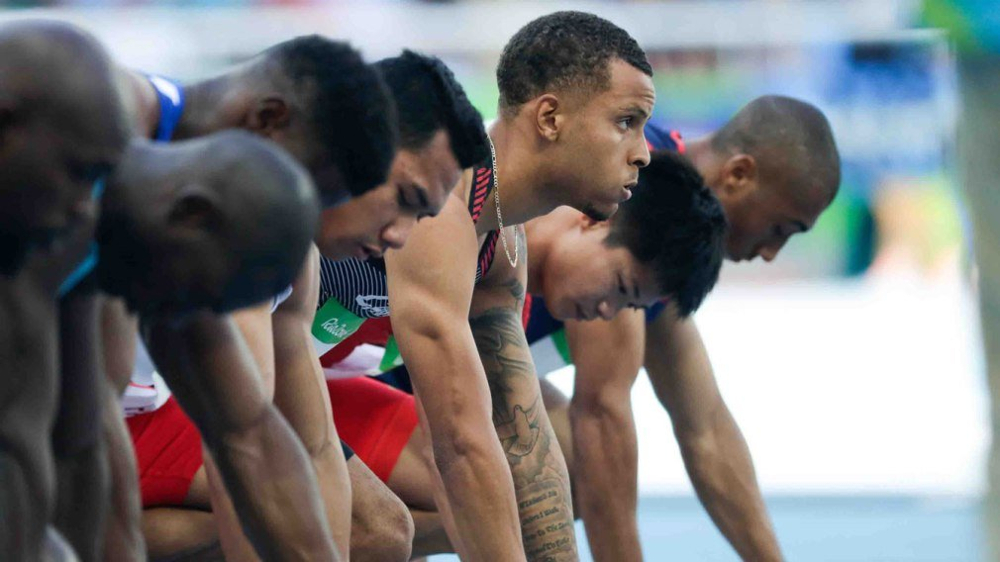The problem with the 2020 Olympic qualification system
These Olympic standards are no joke. Here's a breakdown of what this means for the sport of track and field

On Sunday evening the IAAF released the 2020 Olympic standards, and they’re shockingly fast. Like faster-than-ever-before fast. The new standards are a product of the introduction of what’s called a dual qualification system.

RELATED: Standards released for Doha World Championships 2019
Here are the major changes for the 2020 Olympics:
The dual qualification system means there are two ways to qualify for the Olympics. An athlete can either achieve the standard listed below, or qualify based on their world ranking within the qualifying period. According to the IAAF press release, the new system is designed to “achieve about 50 per cent of the target numbers for each event through Entry Standards and the remaining 50 per cent through the IAAF World Ranking System.”

RELATED: What is the IAAF world ranking system and why does it matter?
Secondly, the qualification window in most events has been extended by two months. This extension will give athletes the opportunity to qualify at more international meets, such as the Diamond League events. The qualification window is May 1, 2019 for most events, but the marathon opened January 1, 2019.

Here’s the issue:
The system has the aim of creating the most competitive games possible, but this new system could seriously disadvantage younger and less experienced runners.
For context, in the men’s marathon, only eight people in Canadian history have ever achieved the current Olympic standard. In other events the numbers are even worse, some of the standards closing in on national record times. For example, in the men’s flat 400m, only two Canadian men have ever run under 44.90, Canadian record holder Christopher Tyler and Shane Niemi. In addition to the difficulty of the standards, the world ranking system places more value on high profile races like the Diamond League. But races like the Diamond League are extremely difficult to get into, so points earned from the world ranking system can become more of an arms race between agents as opposed to merit-based results.
Kate Van Buskirk, a Commonwealth Games medallist, feels like the IAAF is slamming the door shut on developing athletes in the sport. “In 2013, I made my first World Championship team in the 1,500m. I was only able to do this because at the time, the IAAF had both ‘A’ and ‘B’ standards. Although I was the Canadian champion that year, I only achieved the ‘B’ standard (which was easier than the ‘A’). I went into the World Championships ranked 35th out of 37 women in my event. However, I ended up placing 15th overall (surpassing my ranking by 20 places). I made the semifinal, came one spot shy of making the final, and ran a personal best in the process. More importantly, this exposure to the highest level of global competition paved the way for me to win a medal at the Commonwealth Games the following year. This set the tone for the rest of my career.”
Here are the reactions from former Olympians:
Olympic Standards are out and I see no fairness here to upcoming athletes….Another example of how Track and Field is killing itself with no mercy.
.
If this standard was in effect 2016,I would not be an Olympic Silver Medallist or an Olympian.Struggle is Real??♂️ pic.twitter.com/W9bJ8RW6sb
— Paul Chelimo????? (@Paulchelimo) March 11, 2019
Holy smokes- 2020 Olympic standards are CRAZY FAST. Women’s 10,000m 31:25 is 50 seconds faster than it was in 2016. ??? https://t.co/YaeKDT8G0J
— Natasha Wodak (@tasha_wodak) March 10, 2019
A lot of these IAAF 2020 Olympic standards are (national records) in some countries . pic.twitter.com/3tVpJDXWl3
— conrad williams OLY (@cwilliams400) March 11, 2019


